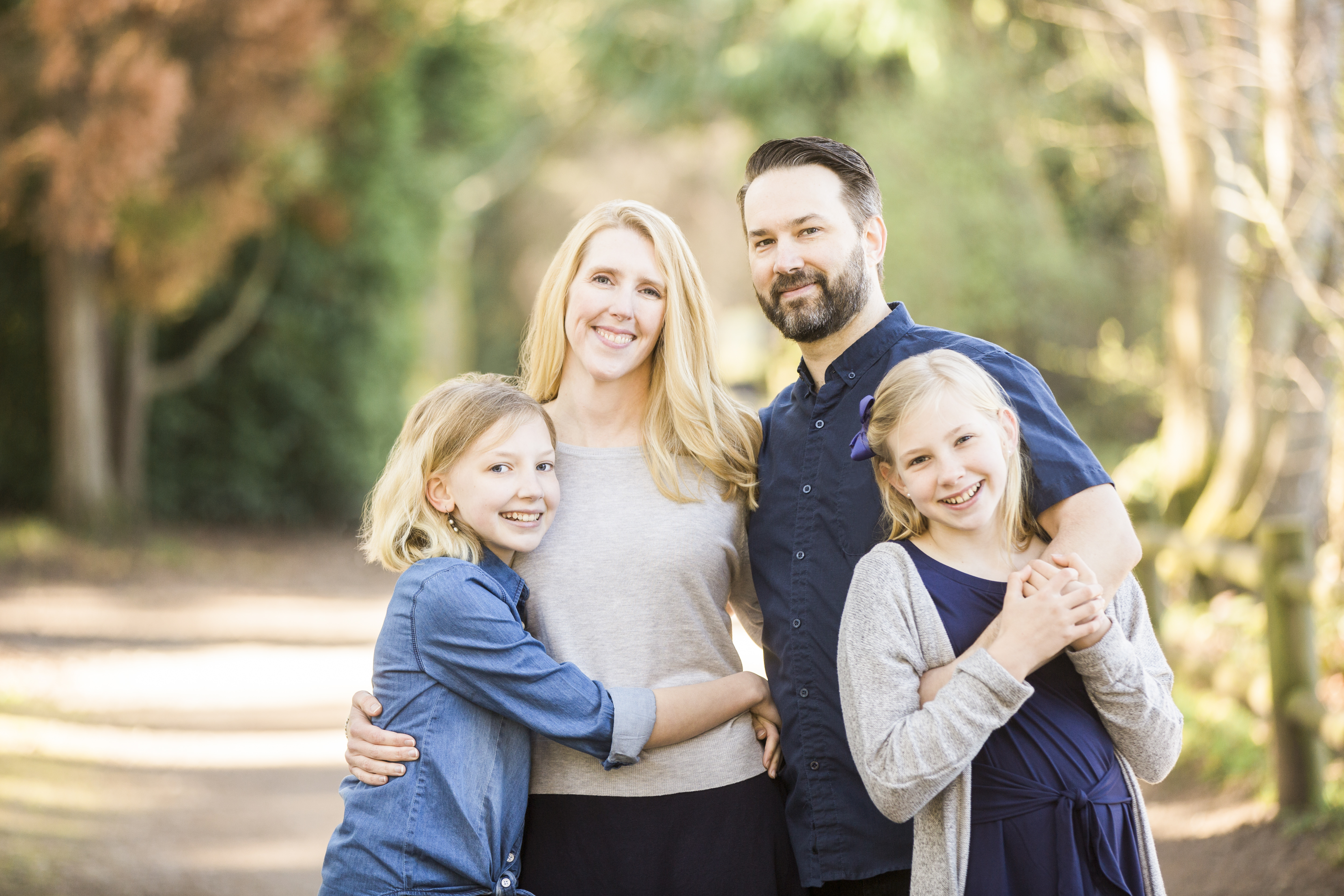Frequently Asked Questions for Sleep Medicine
Snoring occurs when the soft tissues in your throat and upper airway constrict and vibrate. The sound created is termed, “snoring.” When the soft tissues completely close or obstruct the airway and prevent air from reaching your lungs, it is called Obstructive Sleep Apnea (OSA).
There are two reasons you need to consult a physician: first, 40 percent of snorers also have sleep apnea. A sleep study will determine if you have benign snoring, or if you also have OSA, which is a serious medical condition. Second, without a medical diagnosis of OSA, insurance will not cover any portion of treatment.
OSA doesn’t always have noticeable symptoms at first. If you don’t consult a medical doctor about your snoring, you won’t have all of the necessary information available to you. Without this information, you can’t make the best, or most-informed decisions about your treatment. And again, without a medical diagnosis, all costs for treatment will be out-of-pocket.
Oral Appliances are FDA-approved, custom-made, intra-oral appliances that are used to treat snoring and OSA by positioning your lower jaw in the optimal position for maximum airway support during sleep.
Only through a professional evaluation. While previous use of a nightguard, sports guard or other removable device can indicate that you can successfully wear the device, an evaluation with your doctor is required to determine whether an OA can manage your snoring and/or OSA.
Oral appliances are comprised of two units that fit over your upper and lower teeth; some are connected to each other, and others aren’t. Most patients adapt quickly to the OA; it may feel “strange” at first, simply because it’s something new and different. This sensation quickly goes away as the mouth becomes accustomed to the device.
There is some discomfort during the initial period of wear, but it usually resolves quickly, as the device is adjusted and the mouth adapts.
After the initial exam and consultation, you will be scheduled for an appointment to take impressions and bite registration. Approximately 4 weeks after this appointment, you will be fitted with the appliance and begin the process of advancing to the prescribed jaw position. After period of time using the OA, you will return for final testing while wearing the OA to verify the device is working. This means there will typically be 4-6 appointments over 6-8 weeks, depending on your individual needs and scheduling availability.
After removing your OA each morning, brush your OA with a soft toothbrush without toothpaste and place in a sonic cleaner with an approved cleansing tablet. When finished, dump out the used cleanser, refill the container with clean water and put in the OA. When traveling, keep the OA in its protective container.
There have been few side effects reported. It is common to experience a temporary increase in salivation and perhaps some tenderness in the jaw joint area during the adjustment period. Your treatment will continue after the initial period for annual check-ups, so that any possible side effects can be addressed.
An Oral Appliance has been shown to be just as effective as CPAP for people with mild to moderate OSA and a better treatment for people with upper airway resistance syndrome. It is also a good first line treatment for those who are experiencing insomnia type symptoms with their sleep apnea. If you can tolerate it, a CPAP is a better first line treatment for people with severe sleep apnea.
Nasal strips on the market have been shown to improve flow of air just through the nose. Snoring isn’t always a nasal-obstruction issue. Sometimes it’s a combination of nasal and oral. Since the only effective way to treat snoring and sleep apnea is to increase the size of air passage beyond the nose, CPAP, surgery and OA therapy are the more clinically effective methods. It is Dr. Christian’s strong, personal opinion that all reversible methods should be explored before irreversible procedures are considered!
It depends on the diagnosis. We have yet to have either dental or medical cover any snoring appliances. OSA is a medical condition, requires a sleep study and physician’s diagnosis. With an OSA diagnosis, we most often see reimbursement between 60-80% of insurance allowables, depending on specific plan details. Your individual financial and medical insurance situation will be reviewed with you by one of our insurance billing specialists.



